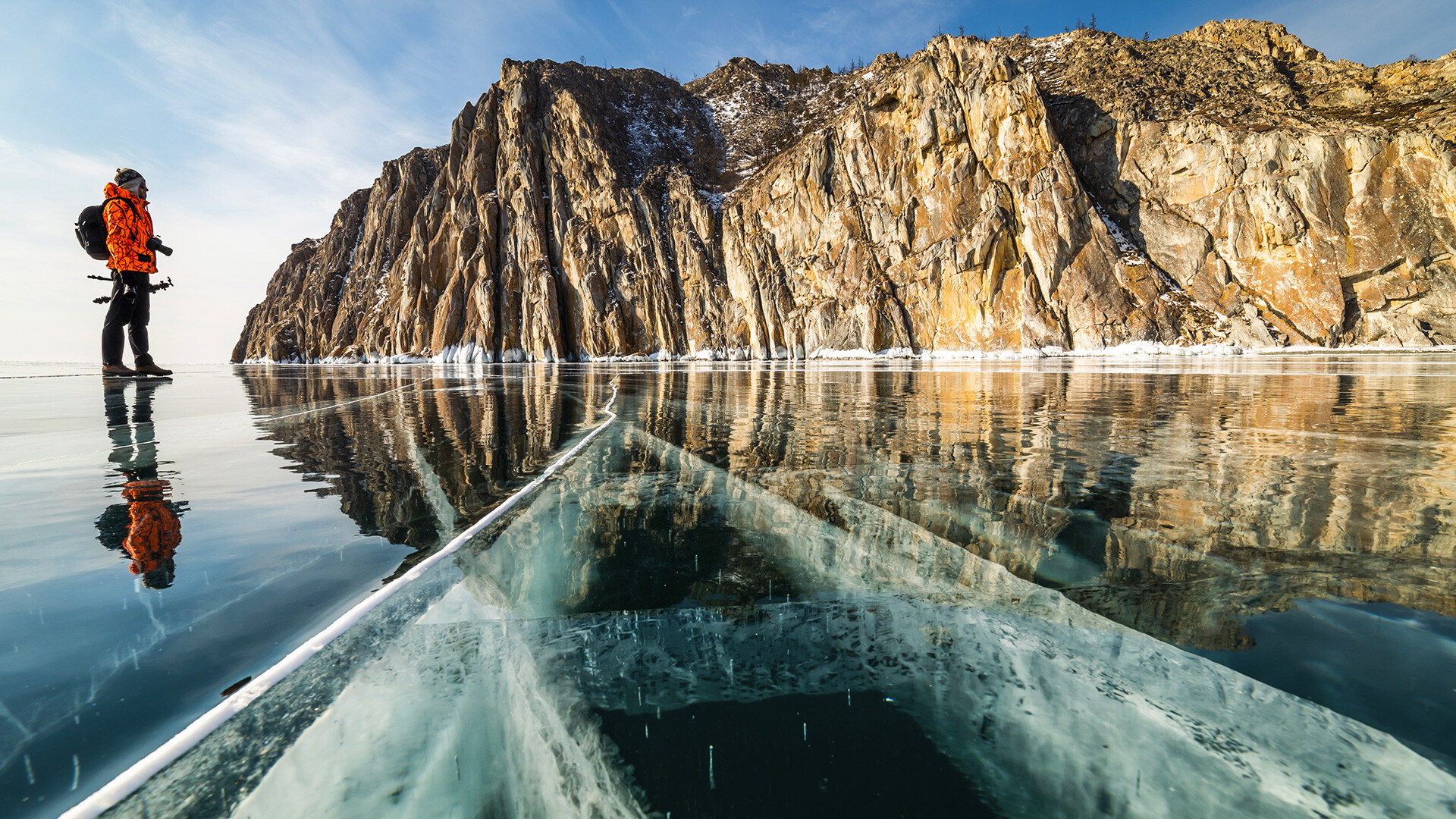

Burn an effigy is one of main Maslenitsa traditions
Alexei Kudenko/SputnikEvery year, Russia has an entire week when it’s customary to stuff yourself with blinis. This ancient and popular festival is called Maslenitsa. The round shape of a blin symbolizes the sun; this tradition was inherited by Orthodox Christian Russia from its pagan Slavic past. On the weekend that begins the festival week, a giant hay effigy of Maslenitsa is burned, to serve as a sign of bidding farewell to winter, chasing it away and clearing the road for spring.
This year, Maslenitsa will last from March 11 to 17, and you’ll be able to try blini in literally every cafe and restaurant. The celebration in the ancient city of Suzdal, which marks its 1000th birthday this year, is especially colorful, and features festive public events in the traditional Russian style.
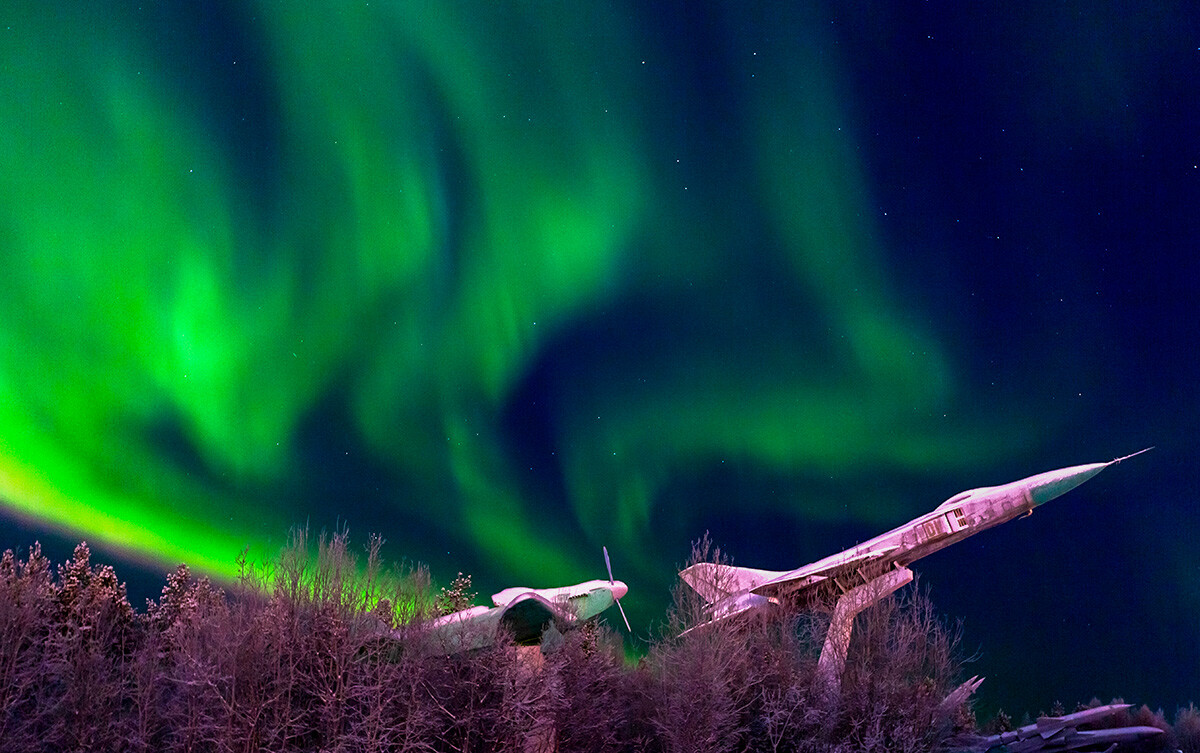
The Northern Lights in Murmansk
Pavel Lvov/SputnikCalendar spring doesn’t necessarily mean real spring for the majority of Russia’s regions. There will be snow for a couple more months in many regions; cold and blizzards are also possible. Beyond the Arctic Circle, you can witness a true marvel of nature – the Northern Lights. To see this ‘lightshow’, it’s best to go to Murmansk or the Murmansk Region. While you’re at it, you can also visit the picturesque fishing village of Teriberka near the Barents Sea, which became popular after the success of Andrey Zvyagintsev’s movie “Leviathan”.
Watch how our team searched for the Northern Lights in this video.
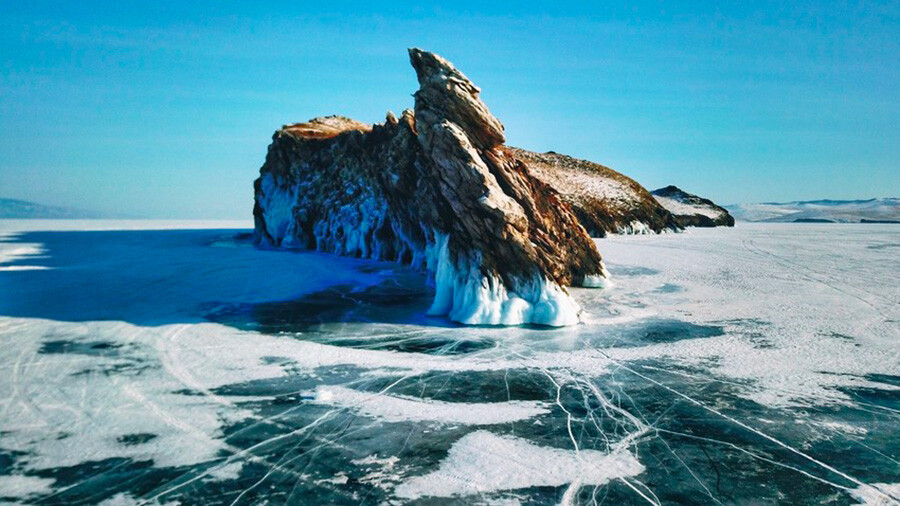
Ice of the Baikal
Vsevolod PulyaLake Baikal is beautiful in every season, but in winter it's completely unique in its breathtaking beauty. Thick ice covers the entire lake only in January, but it stays until the end of March. Strong winds blow here, and there’s a lot of sun; so there’s almost no snow covering the icy expanse of the lake, and you can explore its transparent surface.
Once, our editor-in-chief travelled to Lake Baikal for some beautiful photos, but left a piece of his soul there. You can read about it and see the photos here.

Spring bikini snowboarding in Sochi
Nina Zotina/SputnikThe alpine skiing season in Russia lasts almost until the end of spring, especially in the cold and snowy resorts of Siberia (Sheregesh) or beyond the Arctic Circle (Kirovsk). But even in subtropical Sochi and in the Caucasus Mountains you can go and get some great winter exercise until the very beginning of April. By the way, at that time many places are organizing festivals of alpine skiing in bikinis! Would you risk doing it?
Read about the most popular Russian resorts here.
See the photos of bikini skiing here.
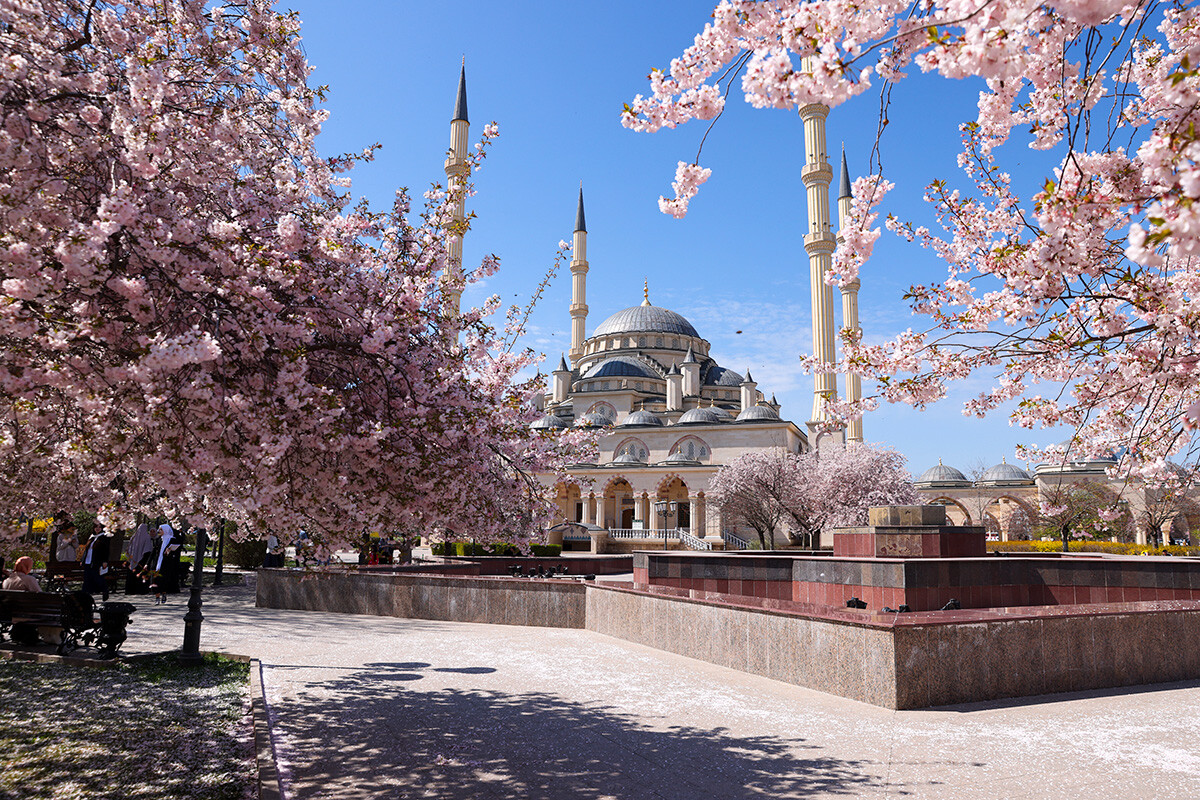
Grozny city in blooming
Yelena Afonina/TASSAt the end of March, you can enjoy the pastel pink shades of flowering almond trees and sakuras in the Caucasus, as well as colorful crocuses. In Chechnya’s capital city of Grozny you can take a beautiful photo with flowers right next to the Heart of Chechnya Mosque. Or you can travel to North Ossetia and stroll the warm blossoming city of Vladikavkaz; and also go to the mountains and look for different flowers there, while sipping on mountain herbal tea made from local herbs.
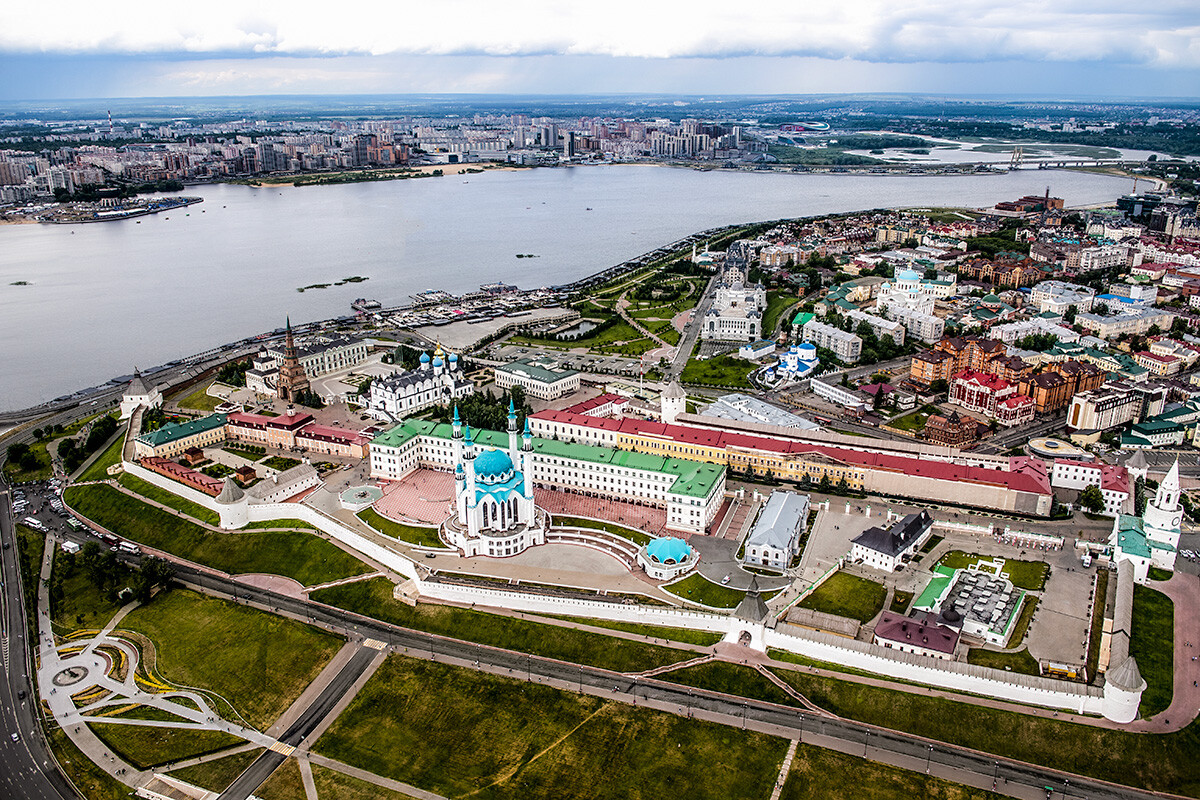
Aerial view of Volga River and Kremlin in Kazan
EXTREME-PHOTOGRAPHER/Getty ImagesIn December 2023, a new high-speed road from Moscow to Kazan was opened. You can now reach the capital of Tatarstan in just 6.5 hours via the M-12 toll highway. In April, having already swapped your winter tires for summer tires, you’ll have the opportunity to drive to Kazan to sample chak-chak, uchpochmack, and other fine dishes of Tatarstan’s delicious cuisine; and, of course, you can visit the extraordinary Kazan Kremlin and the Kul Sharif Mosque.
What other cities can you visit on your way to Kazan – read in our guide.
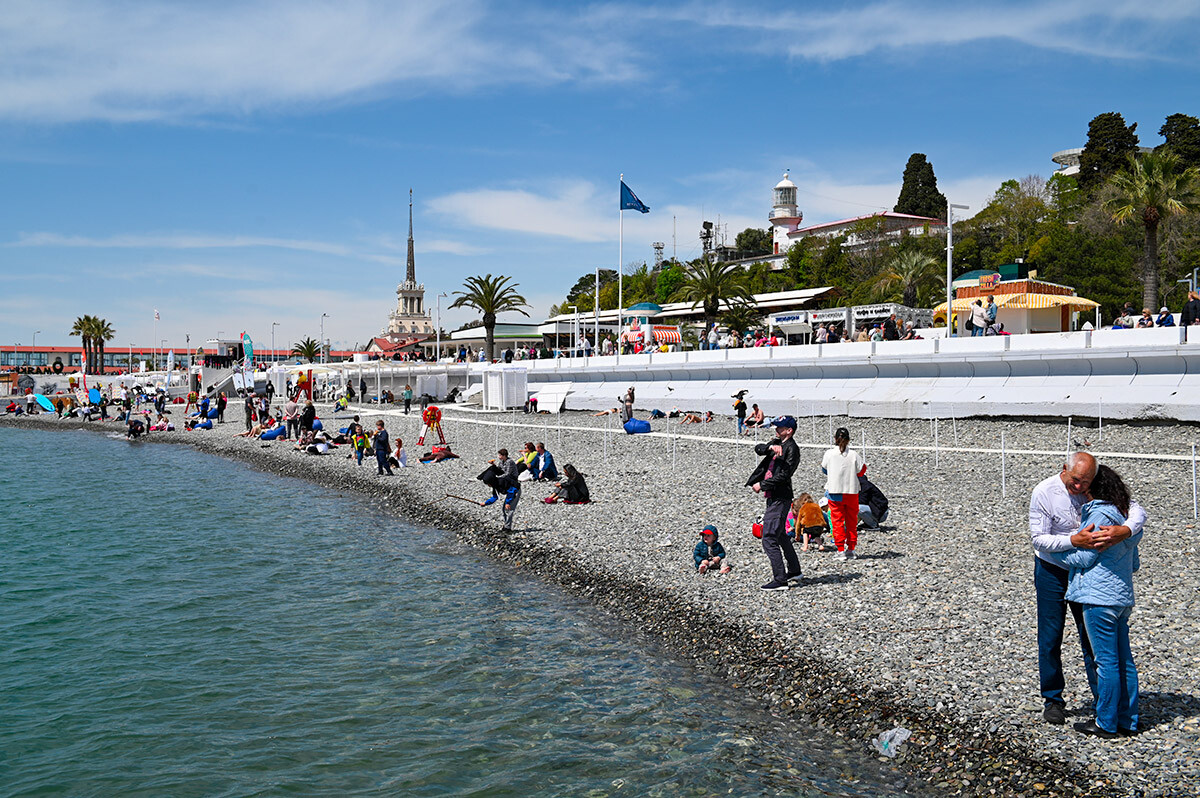
Sochi in spring
Artur Lebedev/SputnikIn the Krasnodar Territory and in Crimea, the temperature in April can rise to 15-20°С. This is, of course, a little bit too early for swimming in the sea, but it’s just the right time for strolling, for enjoying the sun, the blossoming of the plants and flowers, and taking in the salty sea air. There are a lot of eco-trails where you can create a health-boosting hiking path for yourself; and you can also drive around to see the cities and the breathtaking natural beauty of these parts. Sochi, Gelendzhik, Yalta, Sevastopol – all of these wonderful places will fit perfectly into your springtime travel program.
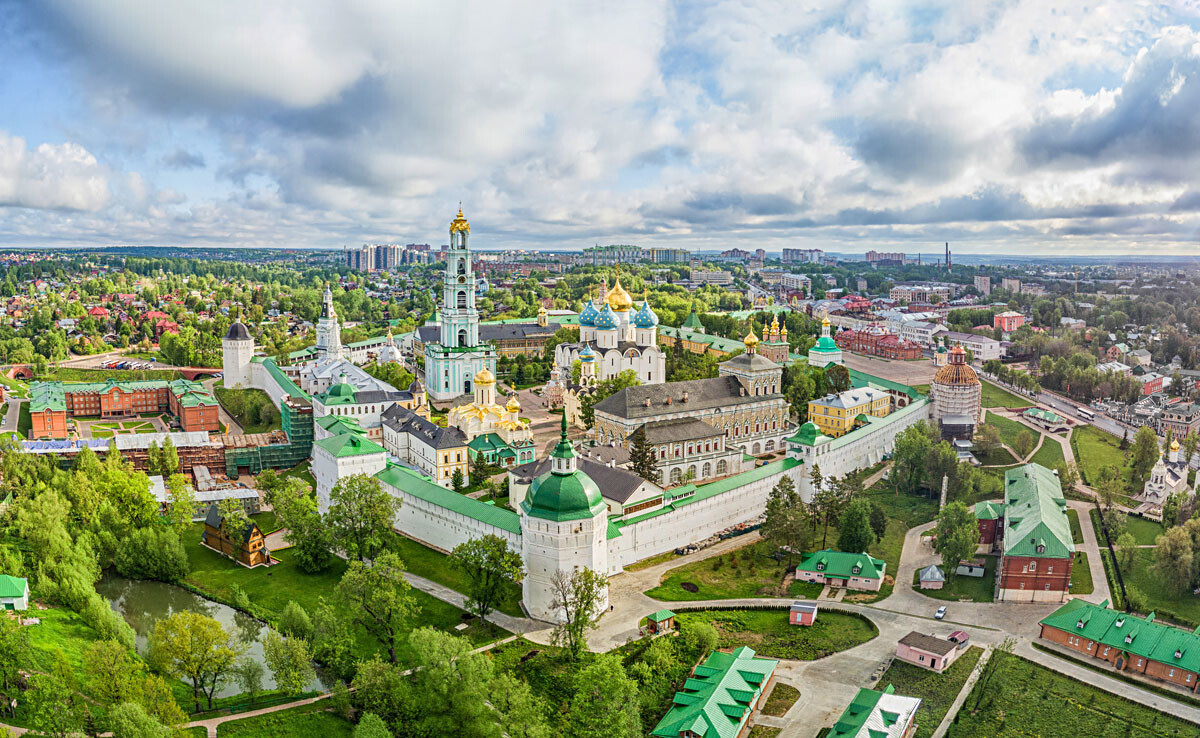
The Trinity Lavra in Sergiev Posad
Legion MediaAfter the 48 days of Lent, which begins right after Maslenitsa, Russia marks the main Orthodox Christian holiday – Easter, which celebrates the Resurrection of Christ. In 2024, Easter comes quite late, falling on May 5 (the Catholics celebrate it much earlier – on March 31); so it will already be quite warm. On the Saturday before Easter, Orthodox Christians come to church to have their kuliches (festive bread) and painted eggs blessed. On Sunday, all churches have religious services and you can break your fast – finishing the Lenten season with a plentiful feast. It’s especially unforgettable to mark the Orthodox Christian Easter in one of the ancient monasteries of the Golden Ring of Russia – for example, in the Trinity Lavra of St. Sergius in Sergiyev Posad, or in the ancient churches of Rostov Veliky, Yaroslavl, or Uglich.
See our Golden Ring guide here.
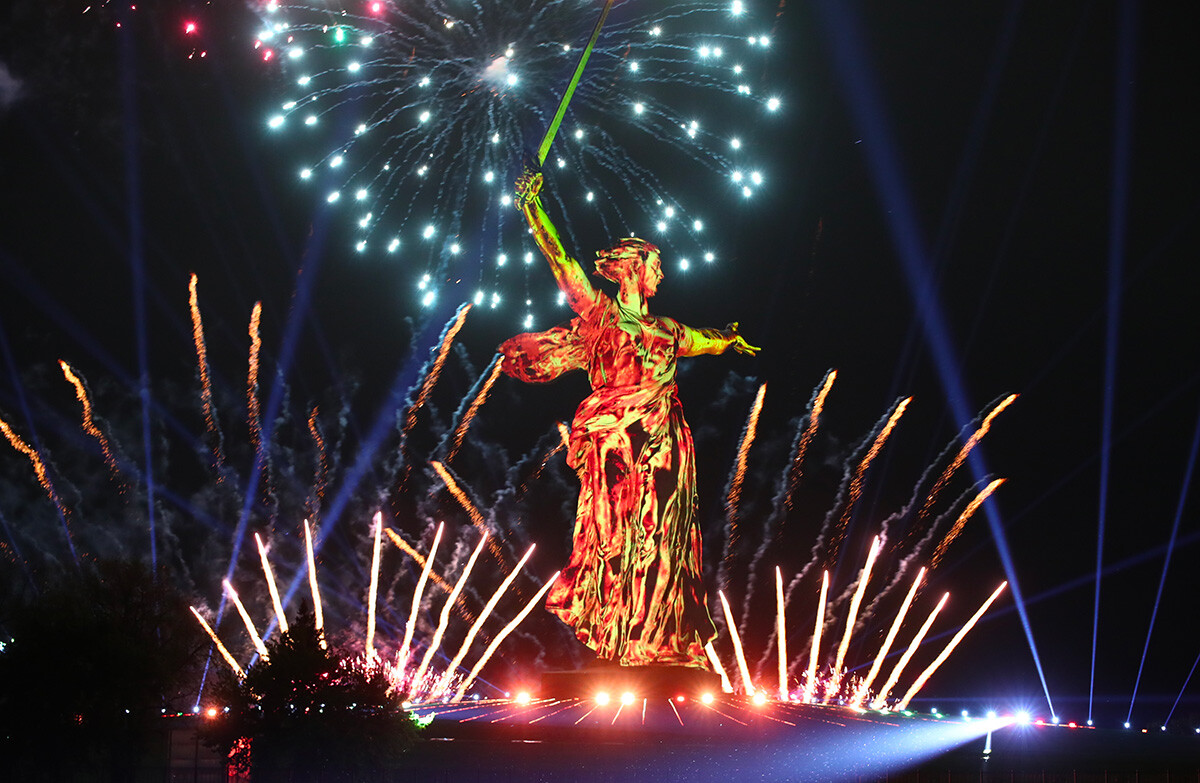
Light show in Volgograd
Kirill Braga/SputnikRussia celebrates a big holiday on May 9 – the Day of the Victory in the Great Patriotic War. Traditionally, this day is solemnly marked in Moscow and many other cities of military glory. For Volgograd this is a special date. Formerly called Stalingrad, this city saw one of the bloodiest battles of the war and it was almost entirely destroyed. Here you can see the most famous victory memorial – the monument known as The Motherland Calls, as well as the Mamayev Kurgan memorial complex that tells the story of the local battles. This site will certainly leave a strong impression! And, of course, the city hosts a grand parade to celebrate Victory Day.
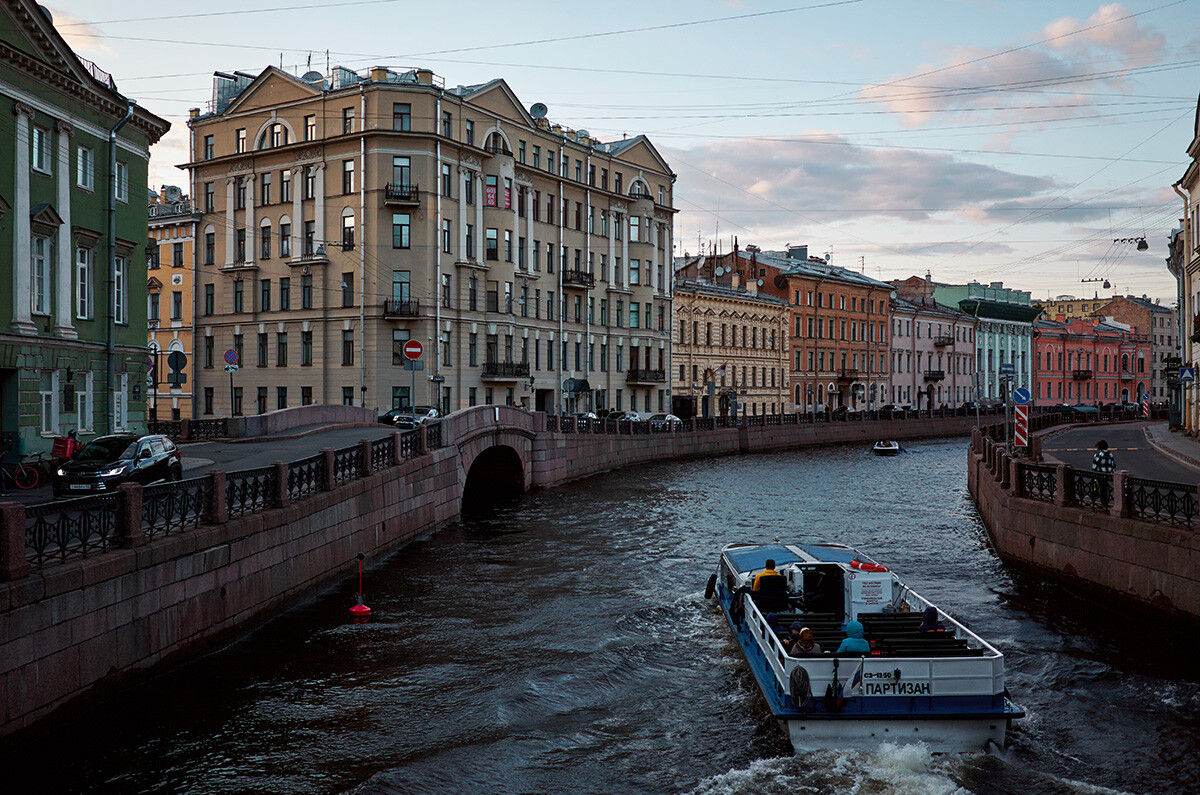
Boating around night (!) St. Petersburg
Alexei Danichev/SputnikThe peak of the famous White Nights in St. Petersburg is in mid June and early July, but the end of May is already considered the beginning of this extraordinary season. The sun in St. Petersburg sets for just a few hours, so you can walk around all night long, and enjoy the magnificent sights of the city, the rivers and canals, as well as listen to street musicians perform. On May 27, the city celebrates its founding by Peter the Great (this year it will be 321 years old!).
Let our guide show you which places in St Petersburg are a must see.
Dear readers,
Our website and social media accounts are under threat of being restricted or banned, due to the current circumstances. So, to keep up with our latest content, simply do the following:
If using any of Russia Beyond's content, partly or in full, always provide an active hyperlink to the original material.
Subscribe
to our newsletter!
Get the week's best stories straight to your inbox